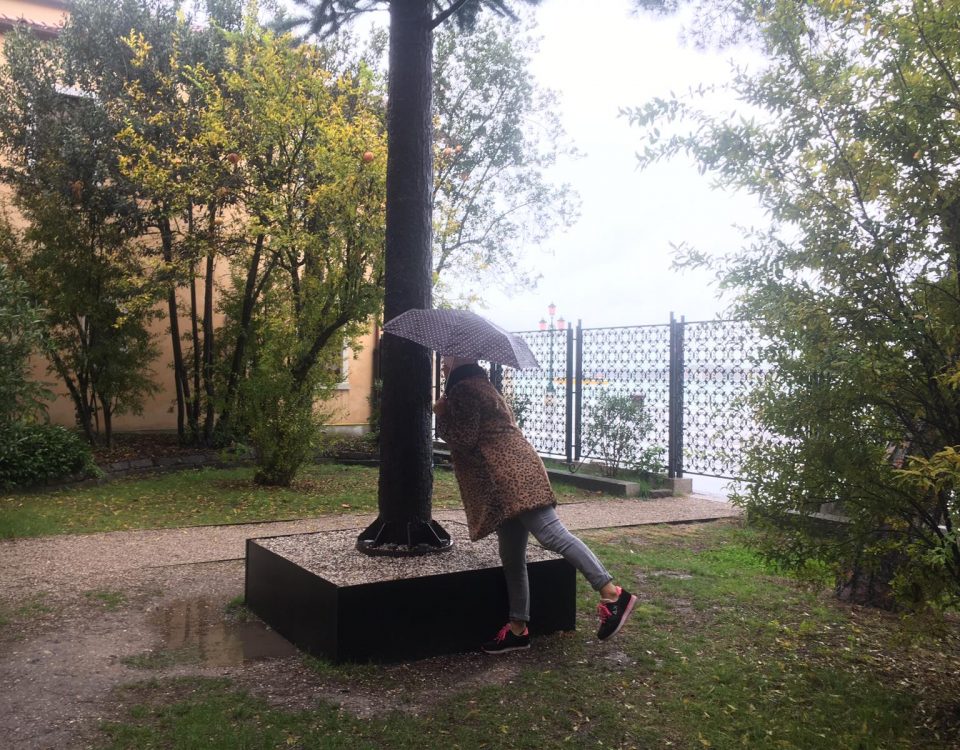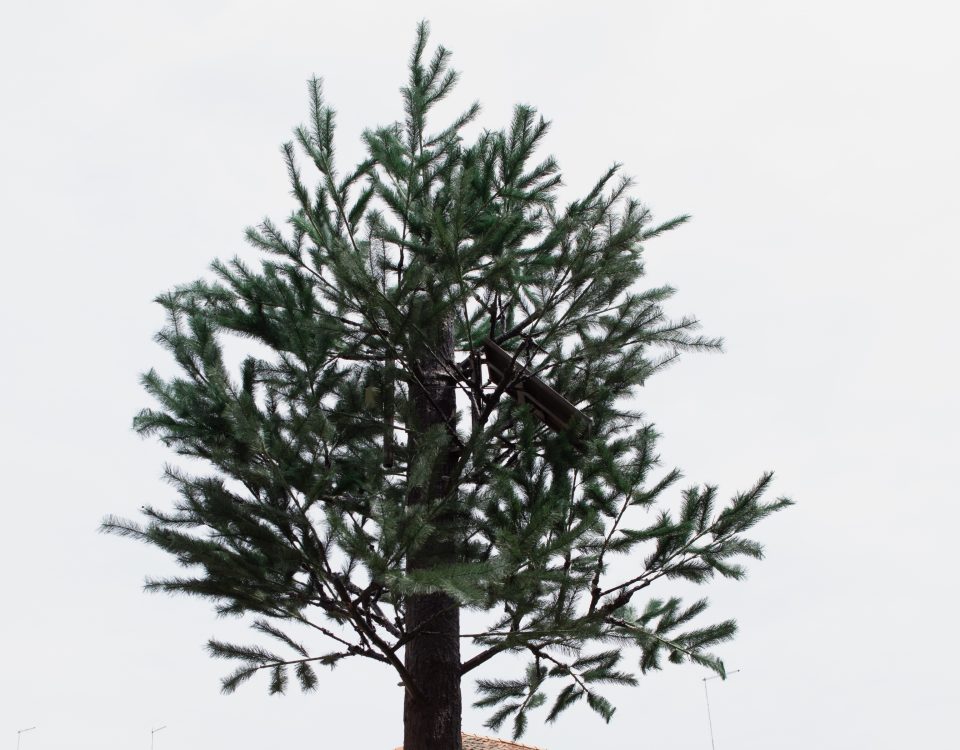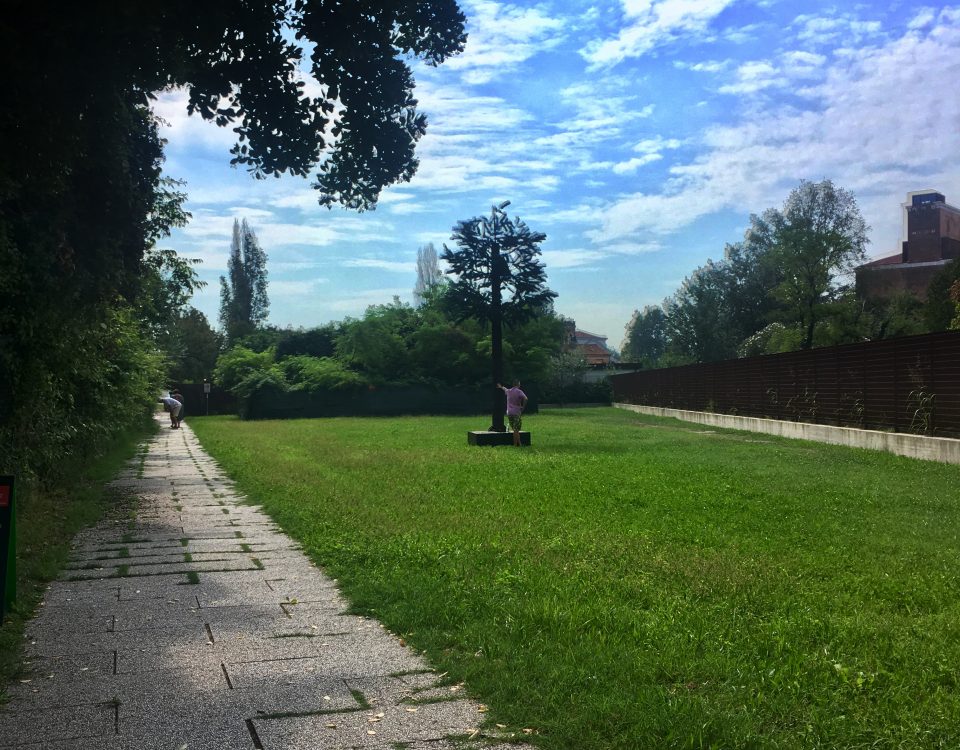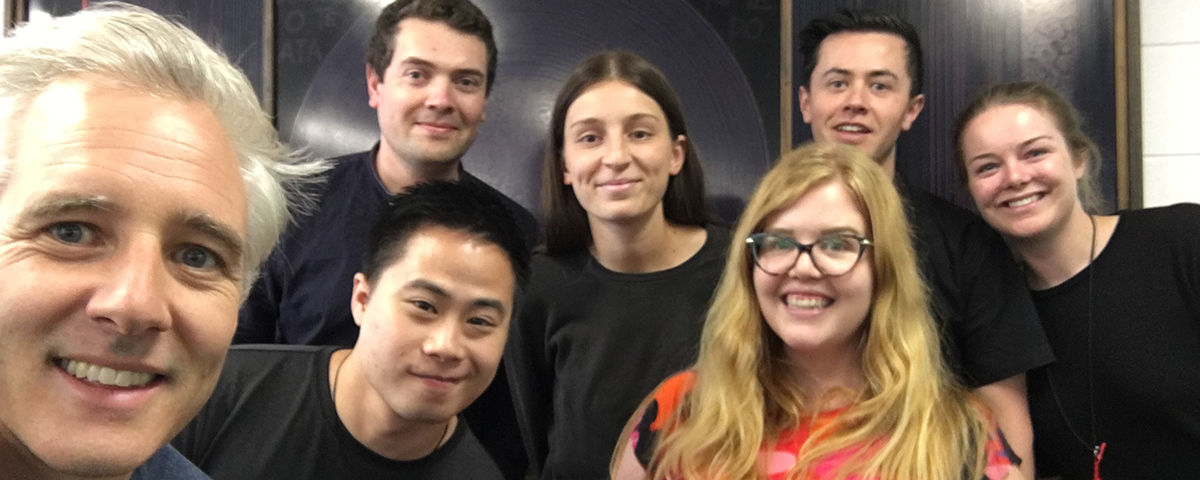
New Zealand’s exhibition attendants for 2019 Venice Biennale
March 4, 2019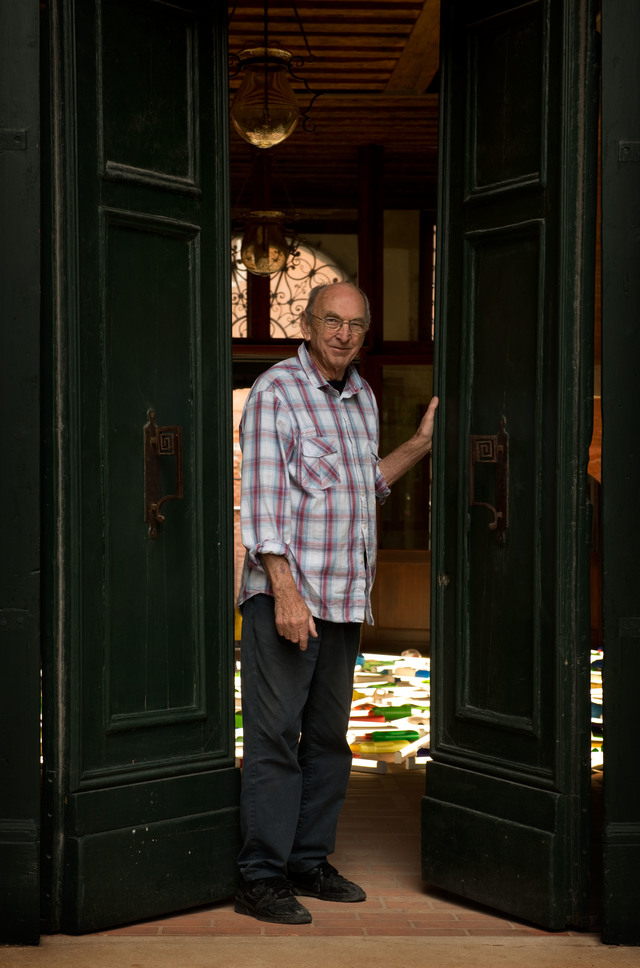
Farewell Bill Culbert (1935-2019). Kua hinga te totara haemata o te wao tapu a Tāne
April 10, 2019New Zealand’s exhibition for Biennale Arte 2019 in Venice to be previewed 8 May
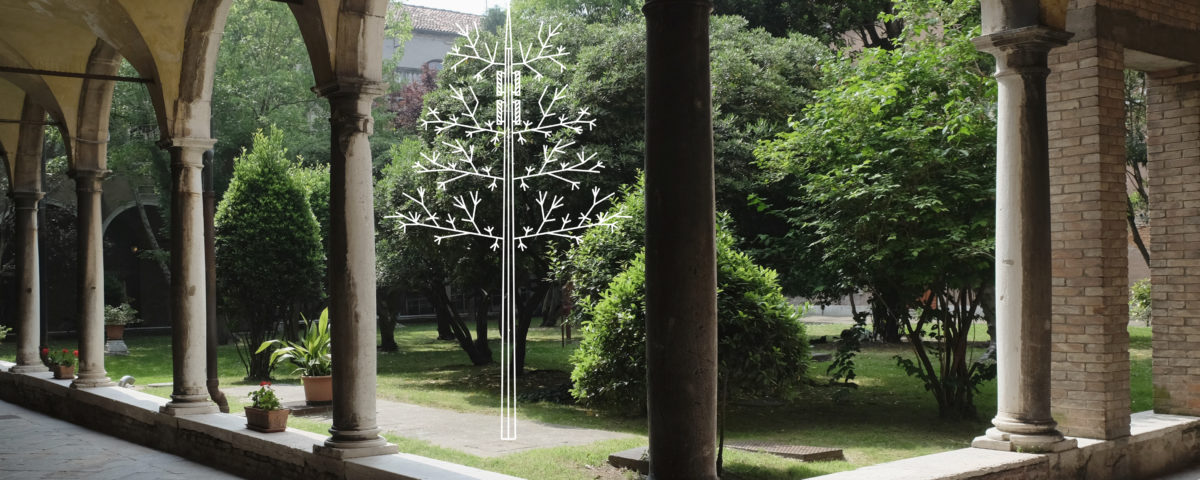
Two years in the making, with a list of millions of disappeared or lost entities, artist Dane Mitchell’s ambitious project for the New Zealand pavilion at the 58th International Art Exhibition – La Biennale di Venezia, Post hoc, is ground breaking and innovative in both the scale of its content and in its unique, expansive footprint.
New Zealand’s moa, laughing owl, Te Wairoa, discontinued newspapers, giant Haast’s eagle and the full paleontological record of Aotearoa are included in a list of disappeared, extinct or lost things that will be broadcast to a global audience across Venice at a rate of over 10,000 per day, for eight hours every day, over the seven months of the exhibition.
Post hoc will provide a relevant and timely intersection with topical global concerns such as climate and environmental change, and the impacts of technological change.
“This is the biggest, most ambitious work I have ever produced and I feel like I have been swimming, and sometimes sinking, in a churning ocean of information over the past two years,” said Dane.
“I think this is the first time that a work of art will attempt to demonstrate the momentous scale of what has disappeared, or is disappearing, from our world and it’s appropriate that it’s being shown in the ‘sinking’ city of Venice.”
The New Zealand pavilion, to be located at the Palazzina Canonica facing Riva dei Sette Martiri, will act as the repository and base for an automated broadcast of the vast lists of things which have disappeared, become extinct, obsolete or been destroyed, with industrially produced cell tree towers (designed to attempt camouflage as trees) acting as the transmitters of information.
The ‘voice’ will be broadcast from the New Zealand pavilion to the ‘trees’ that will ‘whisper’ each item in sync with the broadcast in different locations around Venice. This will create a digital umbrella of information across the city facilitating a unique and expansive exhibition footprint that will reach Venetians and visitors beyond the exhibition’s borders. Simultaneously, any one list can be selected and streamed on a handheld device when within the field of transmission encircling each tree-transmitter.
Coinciding with the audible component, the lists will find tangible form by being printed on rolls of paper in sync with the transmissions and slowly filling the Palazzina’s empty library.
New Zealand artists have a reputation for presenting innovative work at Venice and 2019 will be no different. Post hoc represents the symbolic, temporary revival of millions of lost things. By being spoken and included in the printed out lists, these millions of lost things are revived, remembered and maybe, mourned.
“Post hoc uses the act of speech to momentarily call up this staggering accretion of loss that sits underneath this present moment in time,” said Dane.
“Listeners at the tree towers will be able to hear, or tune into, over 10,000 entities named each day, encompassing an encyclopaedic range of subject matter, from lists of known black holes, disappeared sounds and extinct birds to former national anthems.”
The Palazzina Canonica is the former headquarters of exhibition partner Istituto di Scienze Marine (CNR-ISMAR), a scientific research institution which is part of the Italian National Research Council operating in the field of marine sciences. It will be the first time the institute has partnered with a national pavilion at the Biennale Exhibitions. Its focus on the marine world – including the risks it currently faces – forms the basis for a shared interest.
The 58th International Art Exhibition will open to the public from May 11th to November 24th, 2019.
Media enquiries
For all media inquiries in New Zealand and Australia, please contact Kimberley Brady at Creative NZ:
kimberley.brady@creativenz.govt.nz /021 468 191
For all media enquiries in Europe please contact Elizabeth Flanagan or Lizzie Rowles at Flint:
elizabeth.flanagan@flint-culture.com / 0203 470 2095 (ext.75)
lizzie.rowles@flint-culture.com / 0203 463 2083

